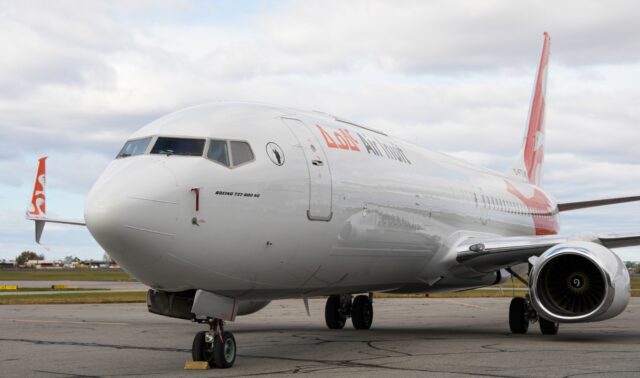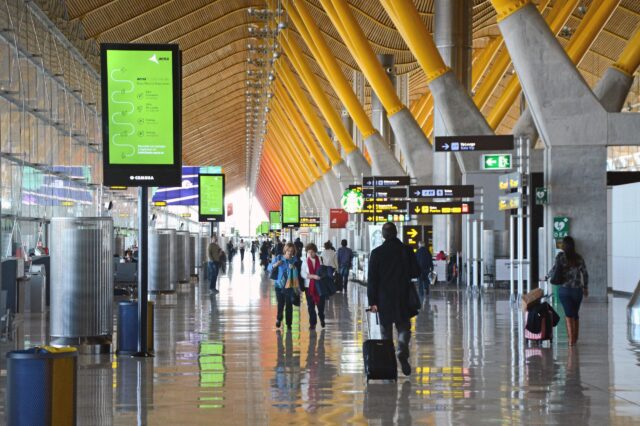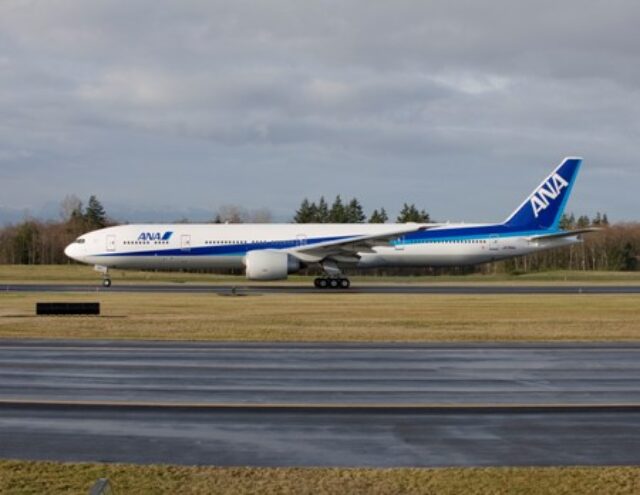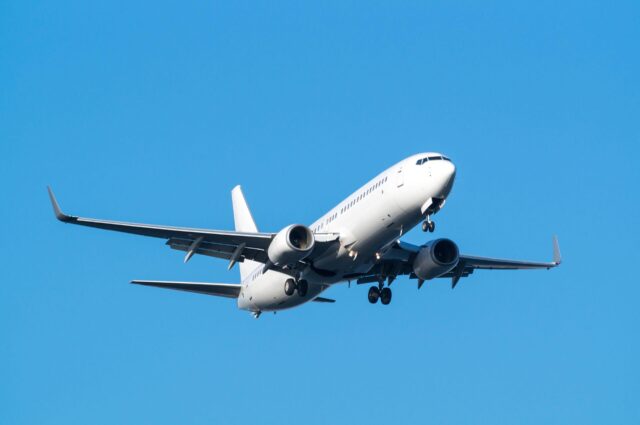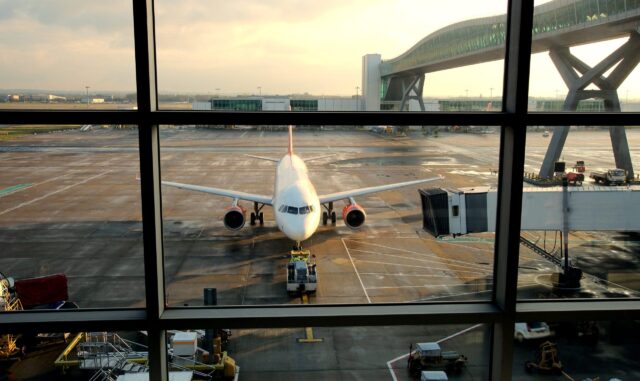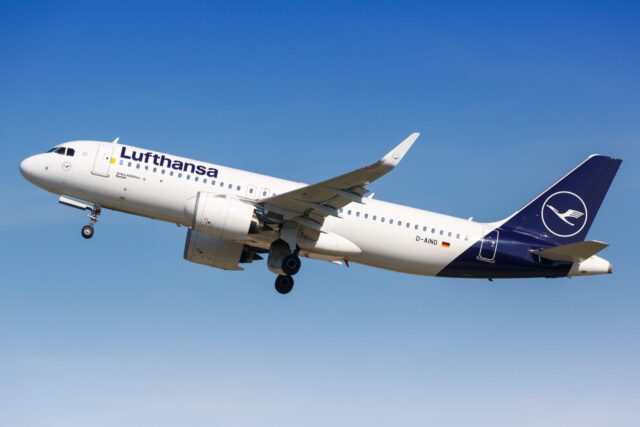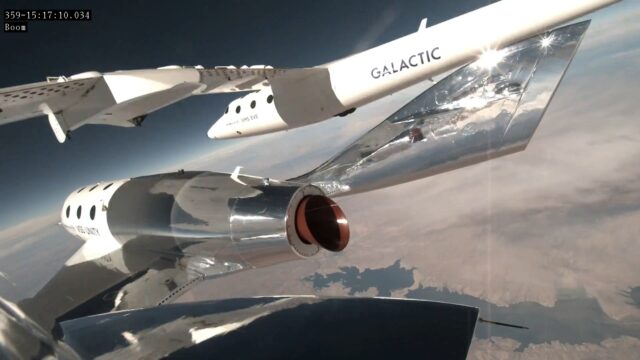airBaltic becomes first European airline to introduce Starlink

February 21, 2025

Latvian carrier, airBaltic, has officially become the first European airline to offer SpaceX’s Starlink high-speed internet for free onboard its A220-300 fleet. The announcement was made in-flight at around 32,000 feet during a special Starlink-equipped flight from Riga Airport on Thursday.
Martin Gauss, president and CEO of airBaltic referred to the flight as a “historic milestone” and a “game-changer for European air travel.” He emphasised that “SpaceX’s Starlink redefines what connectivity in the skies means,” enabling passengers and crew to access fast, low-latency internet as soon as they board.
Seamless connectivity
Since its commercial aircraft debut late last year, Starlink has been providing ultra-fast internet speeds in-flight with low latency by using low-Earth orbit satellites, positioned over 65 times closer than traditional geostationary satellites. Delivering speeds of up to 500Mbps passengers can enjoy online activities such as gaming, using virtual private networks and other high-bandwidth tasks while in the sky as seamlessly as they would on the ground.
Gauss explained to reporters onboard Thursday’s special flight that replicating this level of connectivity without Starlink would not be possible. The reason, he said, is that Starlink satellites orbit at 36,000 km and the signal to the aircraft travels 70 times faster than it would to a normal satellite.
Moreover, Starlink’s lightweight antenna is installed in the aircraft, so doesn’t cause the drag created by conventional satellite antennas, thus helping reduce fuel consumption that would otherwise be wasted with a conventional satellite system.
Installation to be complete by end of 2025
Chad Gibbs, SpaceX’s VP of Starlink Business Operations added his enthusiasm for the collaboration noting the intention is to have the entire airBaltic fleet connected with Starlink by the end of 2025.
“We couldn’t be more excited to provide reliable internet service on tens of thousands of flights and counting all around the world,” he said, referencing Starlink’s collaboration with other airlines.
While airBaltic is the first European carrier to install Starlink, Hawaiian Airlines was the first to implement the service last October. It was swiftly followed by Qatar Airways, while WestJet, Air France, United Airlines, Air New Zealands, JSX, Zipair and SAS have also announced plans to install Starlink’s high-speed WiFi across their fleets.


